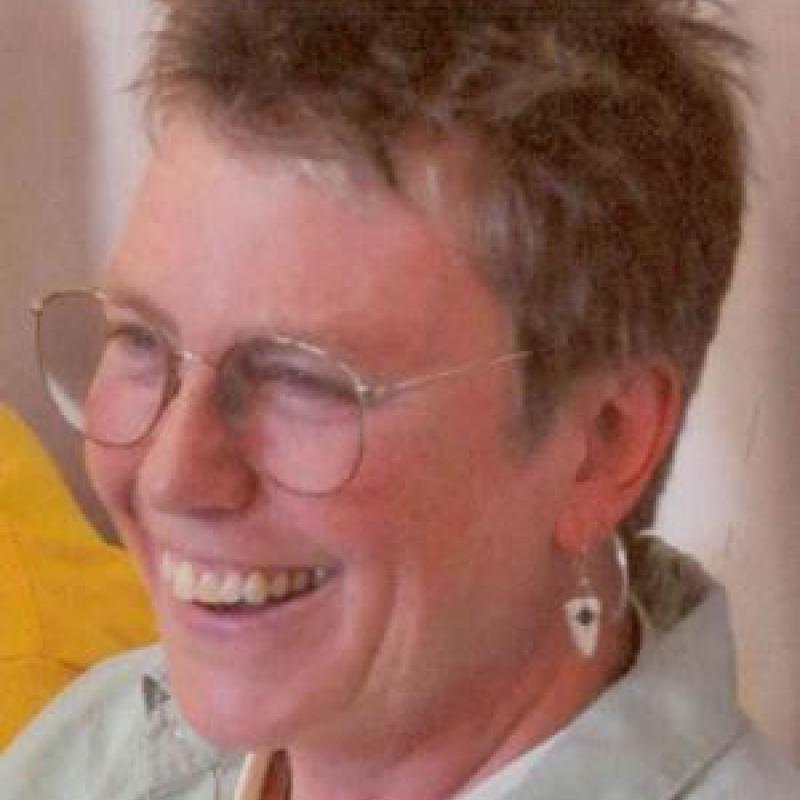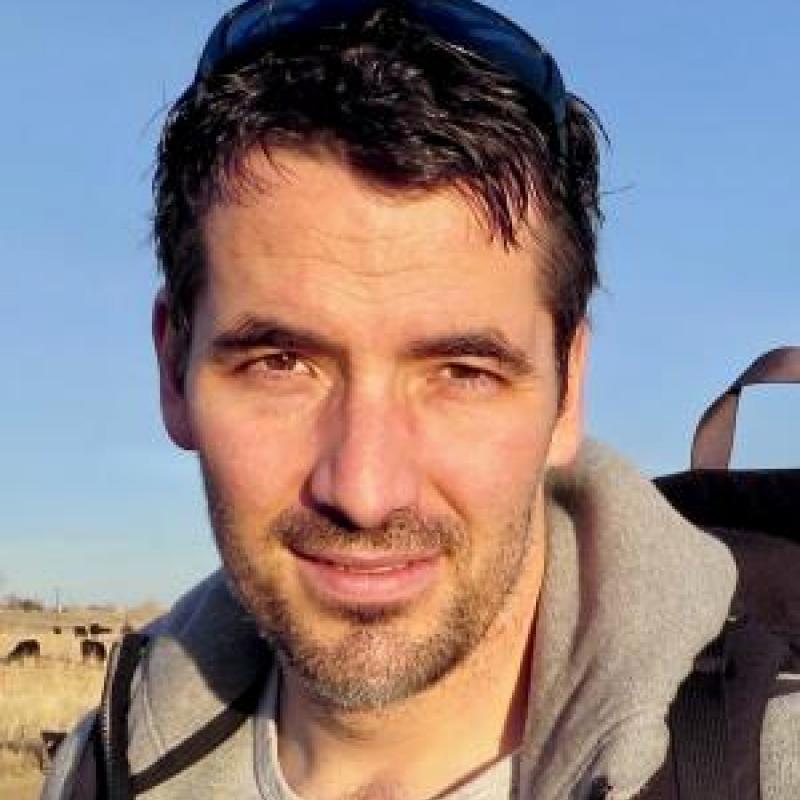Summary
Critical to advancing all Earth Lab endeavors is refining our understanding of data resolution effects on observed phenomena and reducing the uncertainty across scales. Project Data Harmonization examines satellite, UAS, and field-based data collected at varying resolutions to develop metrics characterizing the progression of basic spatial and statistical characteristics such as length, area, density, texture (heterogeneity), and spatial/temporal dependence (autocorrelation). The rates of such variation have never been determined systematically across all resolutions, in spite of wide acknowledgement in soil science, terrain analysis, and hydrologic modeling that such variations can impact physical systems modeling. Part of the challenge is that variations are phenomenon-based, i.e., some data types are more scale-sensitive than others. When data collected at multiple spatial and temporal resolutions are integrated into process models, these sensitivities can introduce bias. When such integration involves social data sets (population density, land use) whose collection is fixed at only a few pre-determined resolutions, spatial and temporal scaling problems are intensified. This is a ‘cross-cutting’ project that will add significantly to the Earth Lab analytics initiative.
Publications
Qiang Y, Buttenfield BP and Joseph M. 2020. How to Measure Distance on a Digital Terrain Surface and Why it Matters in Geographical Analysis. Geographical Analysis. http://dx.doi.org/10.1111/gean.12255
Carlson K, Buttenfield BP, and Qiang Y. 2020. Visualizing Uncertainty Metrics Across Multiple Attribute Resolutions. Proceedings 23rd International Research Symposium on Cartography and GIScience (AutoCarto2020)
Buttenfield BP, Qiang Y, Ghandehari M and Charisoulis G. The Earth is Not Flat: Surface- Adjusted Terrain Metrics to Refine Geospatial Models. 2019. Cartography and Geographic Information Science, Special Issue for the U.S. National Report: 47-50. https://cartogis.org/wp-content/uploads/2019/07/2019_US_National_Report.pdf
Kronenfeld BJ, Stanislawski LV, Buttenfield BP, and Brockmeyer T. 2019. Simplification of Polylines by Segment Collapse: Minimizing Areal Displacement While Preserving Area. International Journal of Cartography https://doi.org/10.1080/23729333.2019.1631535 .
Stanislawski LV, Buttenfield BP, Kronenfeld BJ and Shavers EJ. 2019. Scale-Specific Metrics for Adaptive Generalization and Geomorphic Classification of Stream Features. Proceedings ICA Workshop on Abstraction, Scale, and Perception, Tokyo Japan July 2019.
Qiang, Y, Buttenfield BP, Lam NS-N, and Van de Weghe N. 2018. Novel Models for Multi-Scale Spatial and Temporal Analyses. Proceedings 10th International Conference on Geographic Information Science (GIScience 2018) Melbourne Australia, 28-31 August 2018 LIPIcs Vol. 114, Article 55: 1-7, DOI:10.4230/LIPIcs.GISCIENCE.2018.55. http://drops.dagstuhl.de/opus/volltexte/2018/9383/pdf/LIPIcs-GISCIENCE-2018-55.pdf
Ghandehari M and Buttenfield BP. 2018. Slope-Adjusted Surface Area Computations and Error Propagation in Digital Terrain. Proceedings of Geomorphometry 2018, Boulder Colorado, August 2018. PeerJ Preprints 6:e27068v1 https://doi.org/10.7287/peerj.preprints.27068v1
Stanislawski LV, Kronenfeld BJ, Buttenfield BP, and *Brockmeyer T. 2018. Generalizing Linear Stream Features to Preserve Sinuosity for Analysis and Display: A Pilot Study in Multi-Scale Data Science. Proceedings 22nd International Research Symposium on Computer-Based Cartography and GIScience (AutoCarto2018), Madison Wisconsin, 21-24 May 2018: 111-119. https://www.ucgis.org/assets/docs/AutoCarto-UCGIS%202018%20Proceedings.pdf
Kronenfeld, BJ, Stanislawski, LV, Brockmeyer T and Buttenfield BP. 2018. Area-Preserving Simplification of Polygon Features. Proceedings 22nd International Research Symposium on Computer-Based Cartography and GIScience (AutoCarto2018), Madison Wisconsin, 21-24 May: 74-75. https://www.ucgis.org/assets/docs/AutoCarto-UCGIS%202018%20Proceedings.pdf
Leyk S, Uhl JH, Balk DL, and Jones B. 2017. Assessing the Accuracy of Multi-Temporal Built-Up Land Layers across Rural-Urban Trajectories in the United States. Remote Sensing of Environment 204: 898-917
Stanislawski LV, Finn MP, and Buttenfield BP. 2018. Classifying Physiographic Regimes on Terrain and Hydrologic Factors for Adaptive Generalization of Stream Networks. International Journal of Cartography 1-17. http://dx.doi.org/10.1080/23729333.2018.1443759
Ghandehari M, Buttenfield BP, and Farmer CJQ. 2019. Comparing the Accuracy of Interpolated Terrain Elevations Across Spatial Resolution. International Journal of Remote Sensing 40(13): 5025-5049. https://doi.org/10.1080/01431161.2019.1577581
Ghandehari M, Buttenfield BP, and Farmer CJQ. 2017. Cross-Scale Analysis of Sub-Pixel Variations in Digital Elevation Models. In: Peterson MP (Ed.) 2017. Advances in Cartography and GIScience: Selected Papers from the International Cartographic Conference 2017. Berlin: Springer:Part VI, 359-373
Stanislawski LV, Liu Y, Wendel J, and Buttenfield BP. 2017. An Open Source Solution to High Performance Processing for Extracting Surface Water Drainage Networks from Diverse Terrain Conditions. Cartography and GIScience 45(4): 319-328. http://dx.doi.org/10.1080/15230406.2017.1337524
Stum AK and Leyk S. 2017. Where in the Rural? Exploring Human Settlement Patterns in Rural Landscapes. Proceedings of the 28th International Cartographic Conference (ICC), Washington D.C., U.S.A., July
Uhl JH and Leyk S. 2017. Multi-Scale Effects and Sensitivities in Built-up Land Data Accuracy Assessments. Proceedings of the 28th International Cartographic Conference (ICC), Washington D.C., July
Ruther MH, Leyk S, and Buttenfield BP. 2017. Deriving Small Area Mortality Estimates Using a Probabilistic Reweighting Method. Annals, American Association of Geographers 107(6):1299-1314. http://dx.doi.org/10.1080/24694452.2017.132021
Featured Blogs
Project Team
Project Lead
Barbara Buttenfield
Barbara P. Buttenfield is Professor of Geography at the University of Colorado in Boulder. She is Director of the Meridian Lab, a small research facility focusing on visualization and modeling of geographic information and technology.

